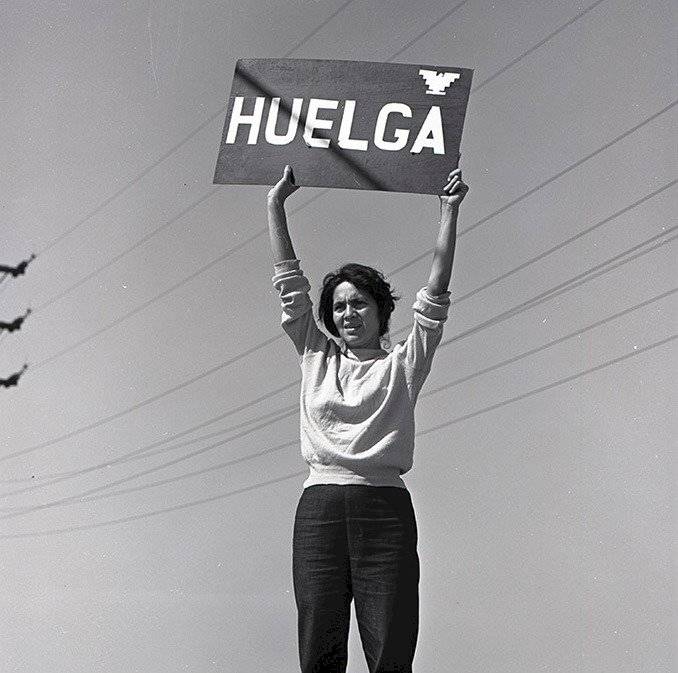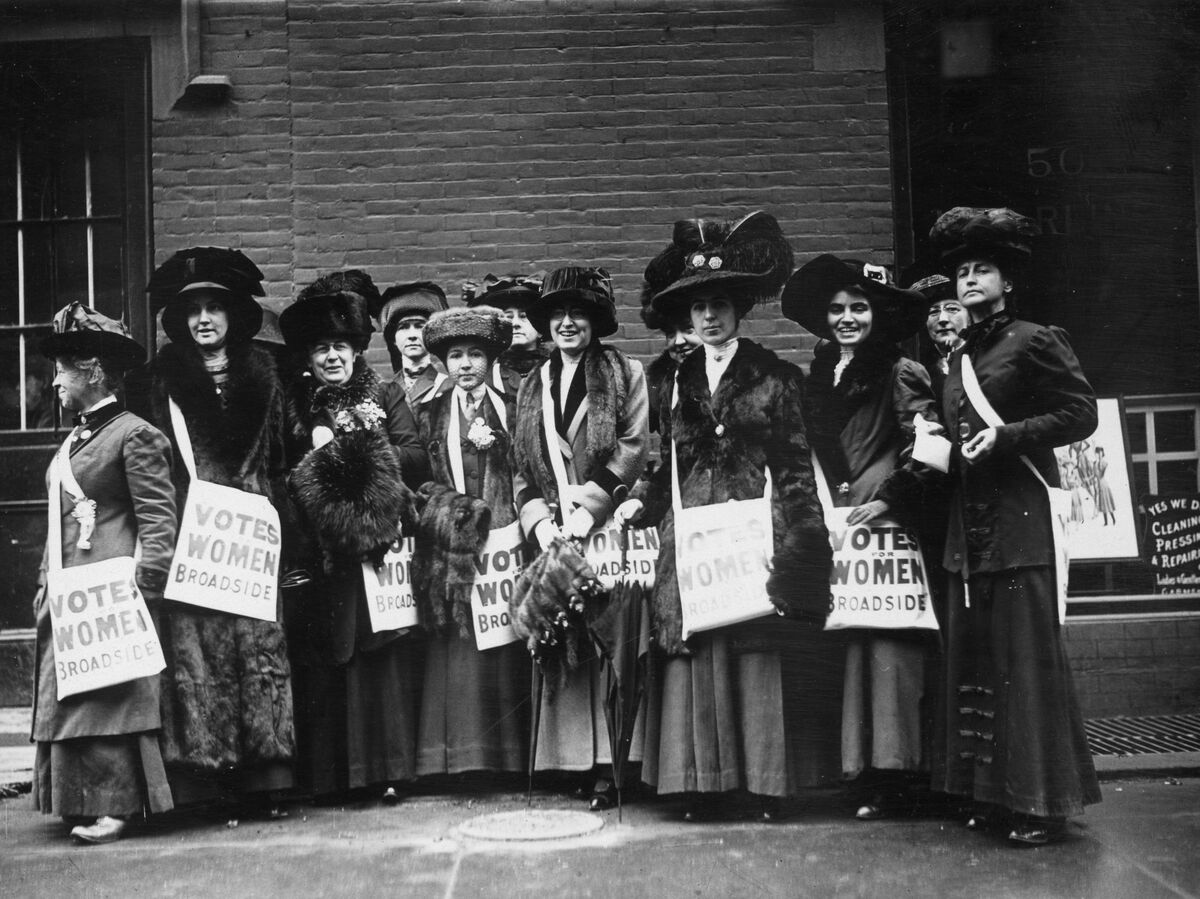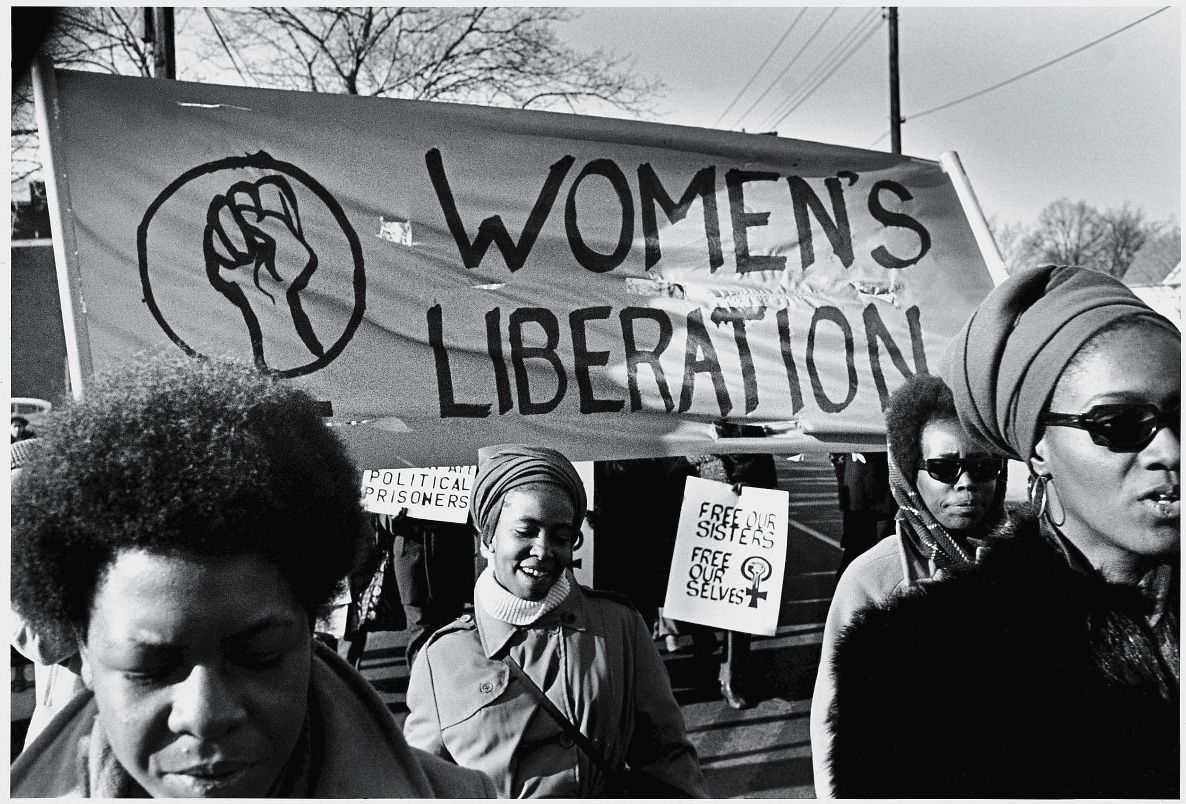For the Spring 2020 semester, I’m teaching COMM 3115: Communicating Science, Health, and the Environment which focuses on the idea that communication plays a fundamental role in public perceptions of science, health, and the environment. This class provides students with an overview of how these topics tend to be communicated in contexts ranging from the mass media to public hearings to patient-provider interactions. Students are encouraged to break down the symbolic practices facilitating such communication and assess their associated consequences in terms of lay beliefs about issues such as climate change, pandemics, nanotechnology, and genetics. Emphasis is placed on understanding what research describes as best practices in terms of persuasively, accurately, and ethically communicating about science, health, and the environment to various audiences.



This semester, I am also teaching COMM 5950: Strategic Feminist Communication, which is a senior capstone course that covers major strategic communication events in U.S. history that continue to shape perceptions of sex, gender, and gender equality today. Students analyze arguments that speakers have made about feminism, as well as textual and visual appeals that have been enlisted to influence public opinion and policy. This course provides students with an advanced knowledge of the history of the three “waves” of feminism and explores the communication strategies and feminist ideologies that individuals representing each wave drew from to further their ideas. Students consider how research in this area can be used to assess past communication campaigns related to feminism and to justify and shape successful strategic communication efforts on behalf of feminist ideology in the future. They demonstrate their skills by selecting and analyzing a unique primary source from U.S. history concerning issues of sex, gender, and/or feminism. The resulting capstone essay describes the primary source, situates it in history, and identifies how and why that particular source would have proven persuasive (or not) when it was circulated among targeted audiences.



Advocates of women’s liberation in New Haven, CT, 1969, march in support of the Black Panther Party.
